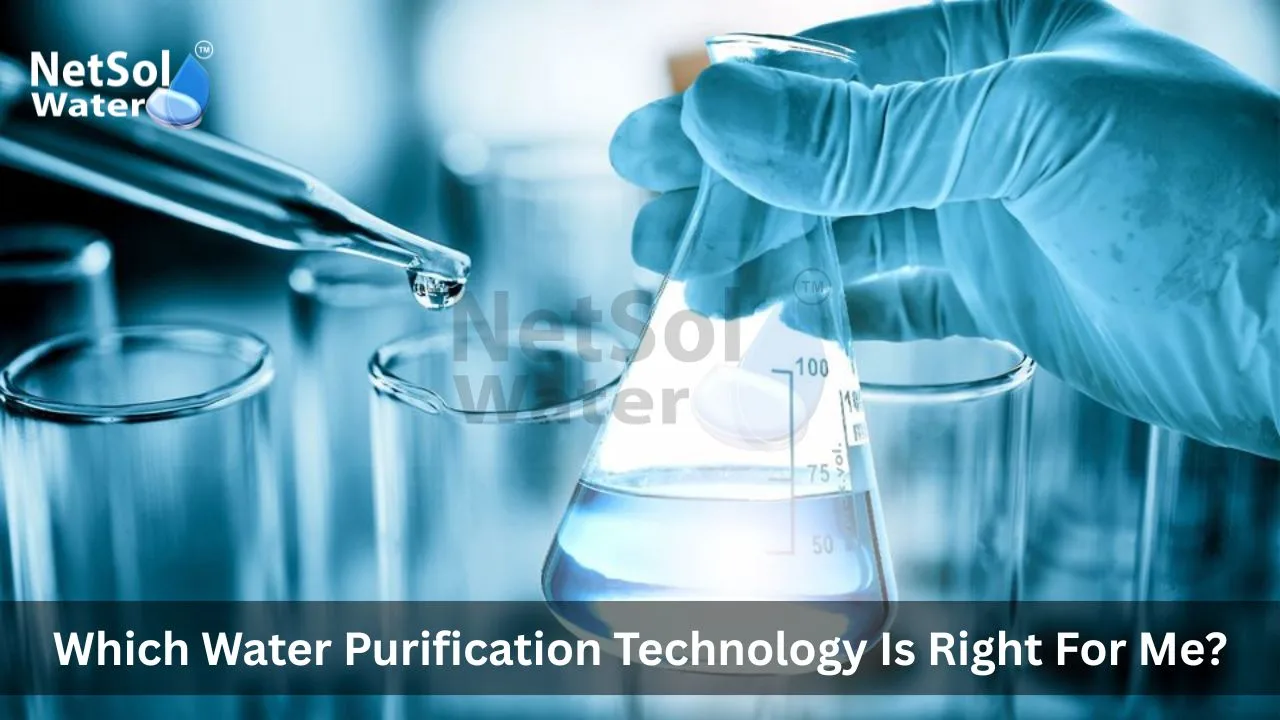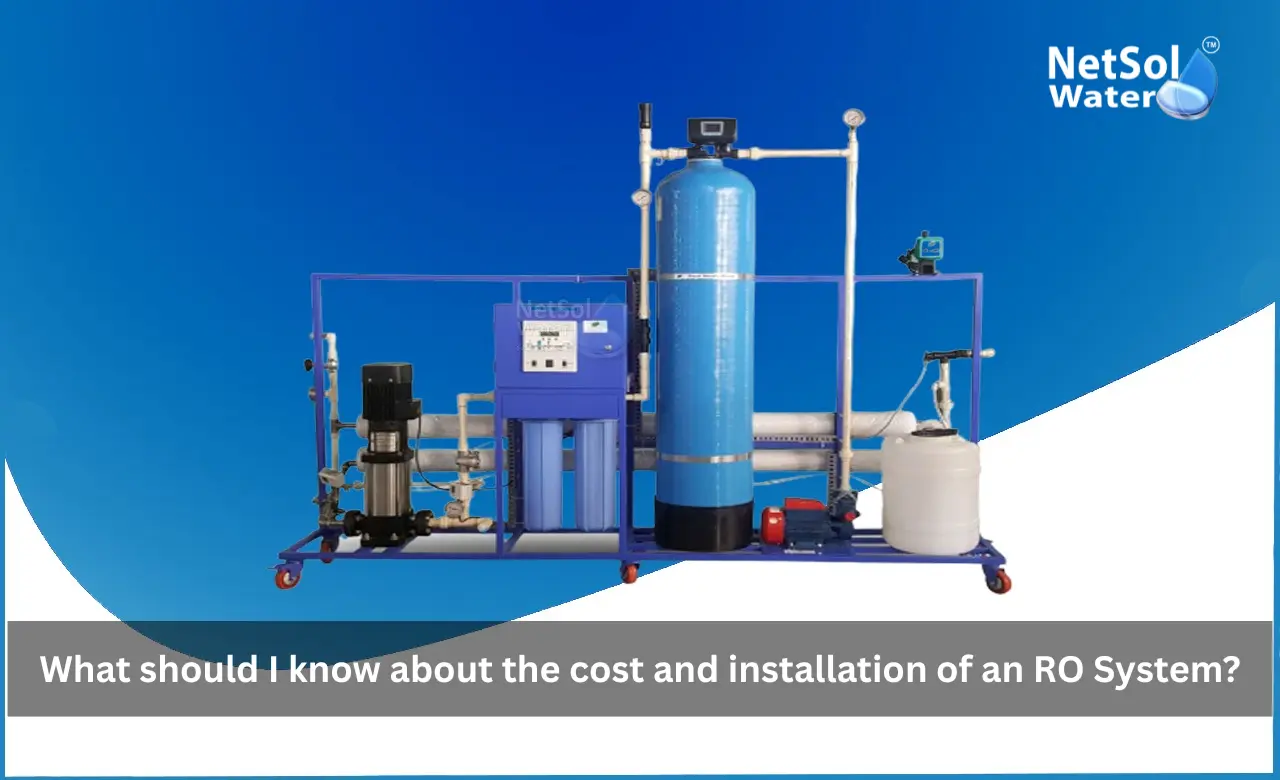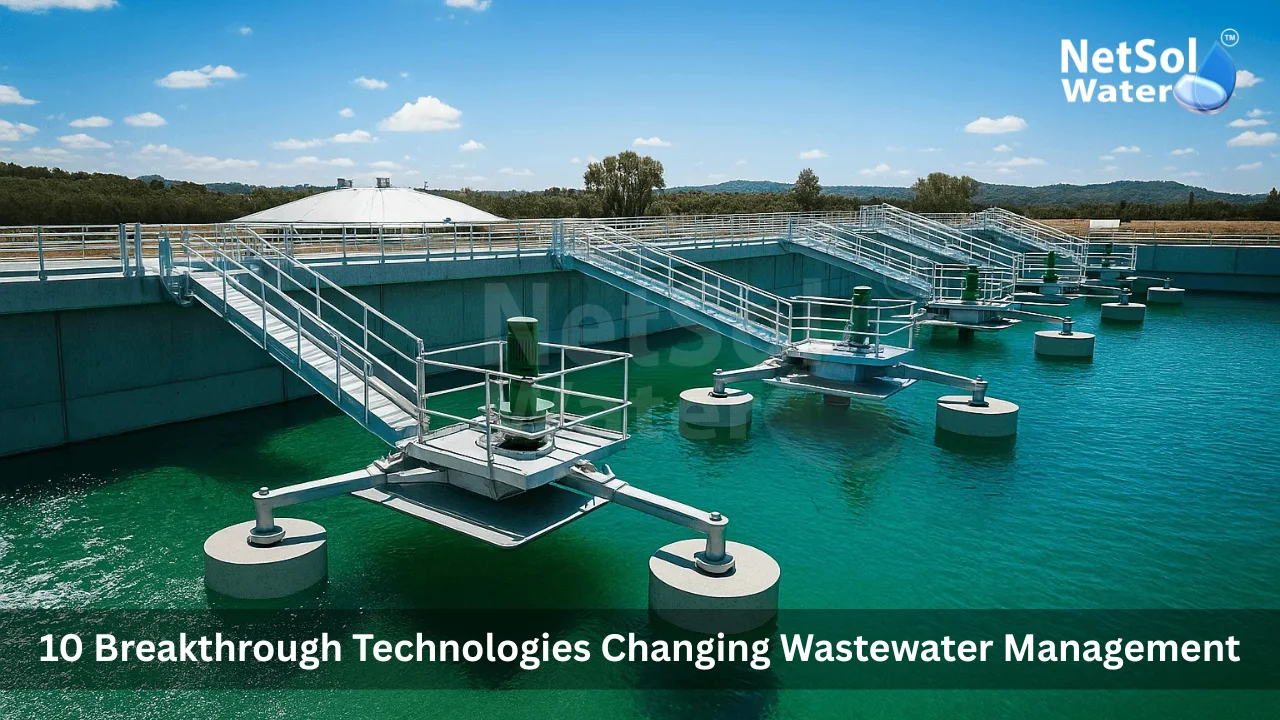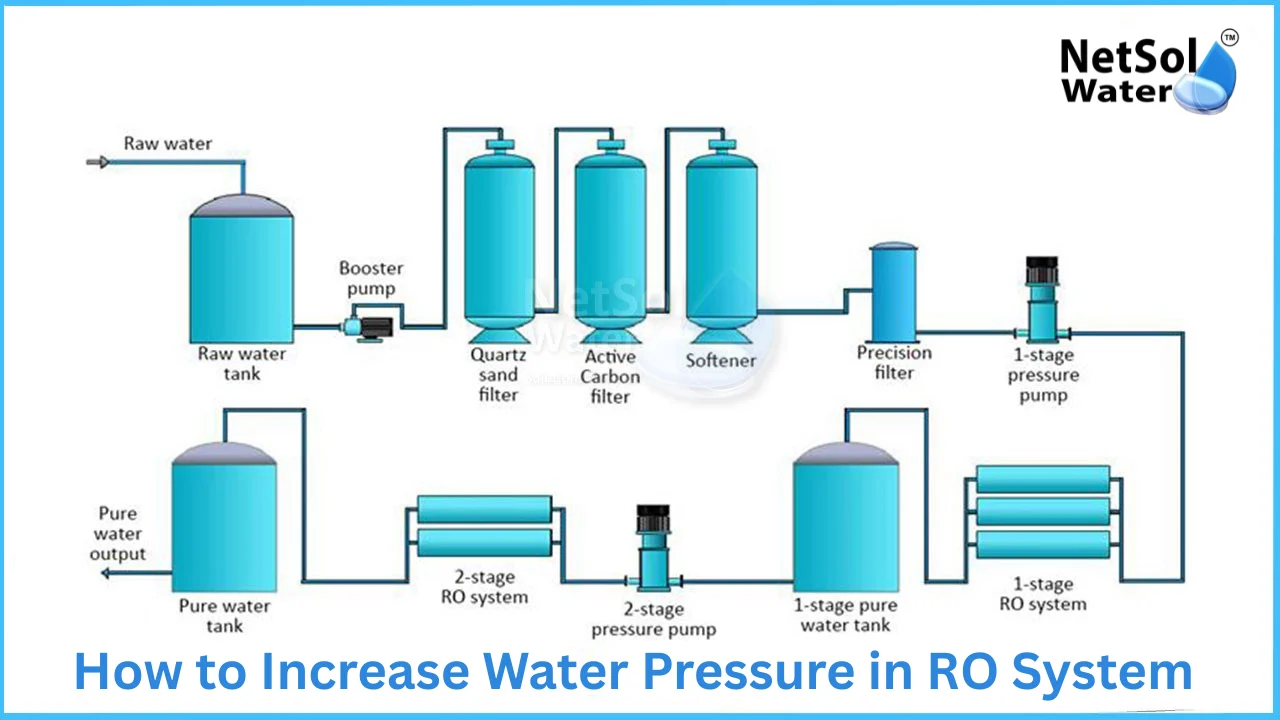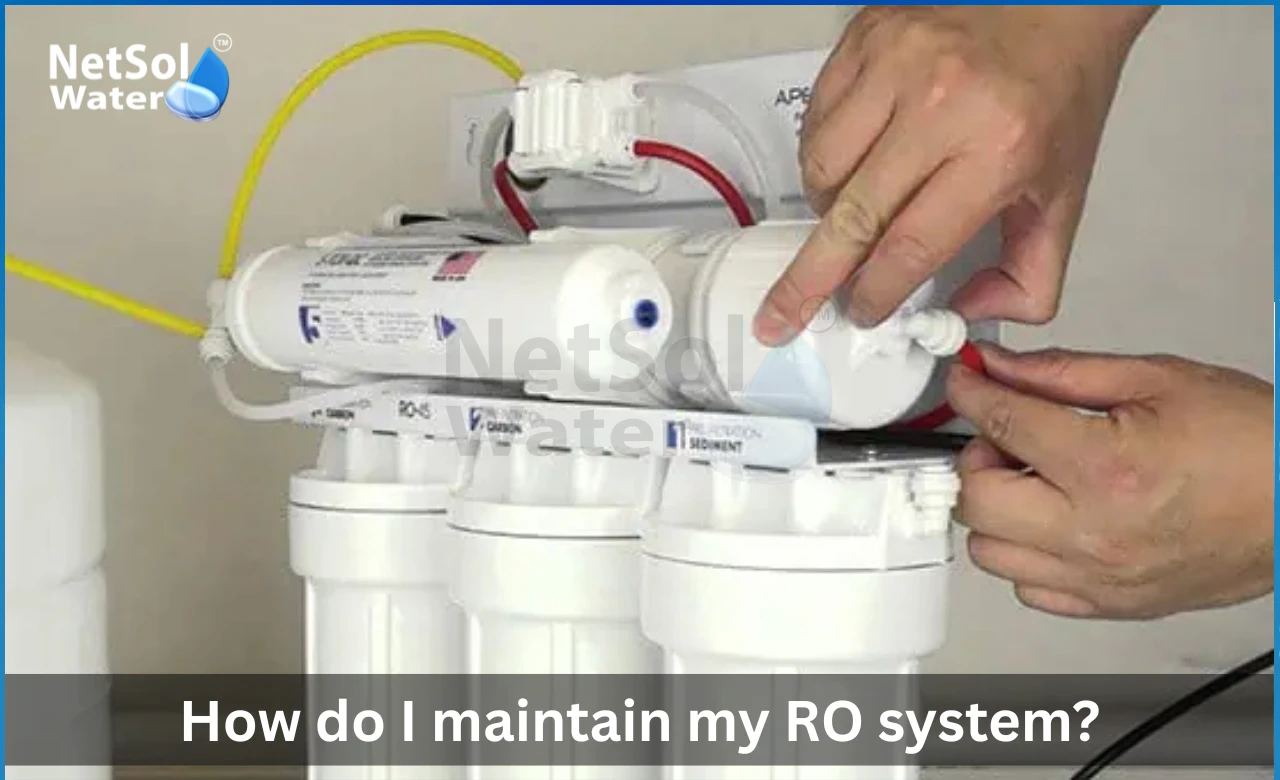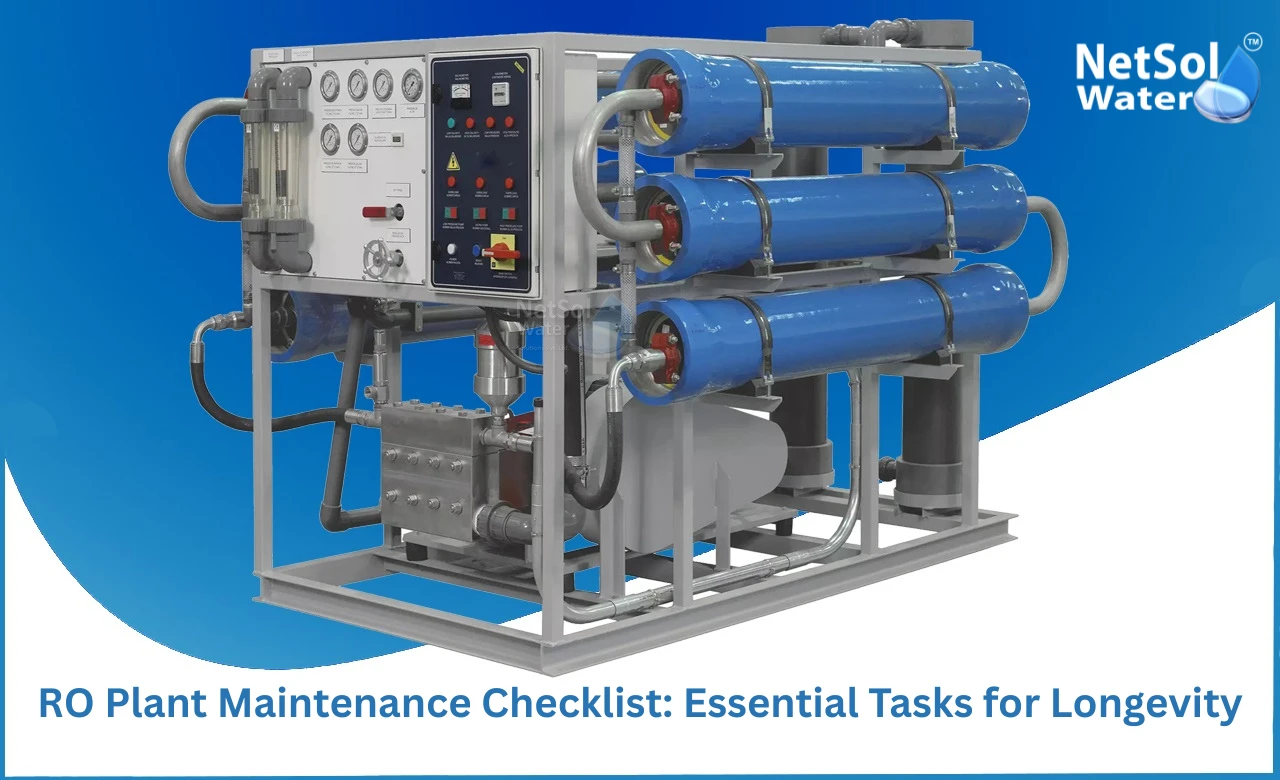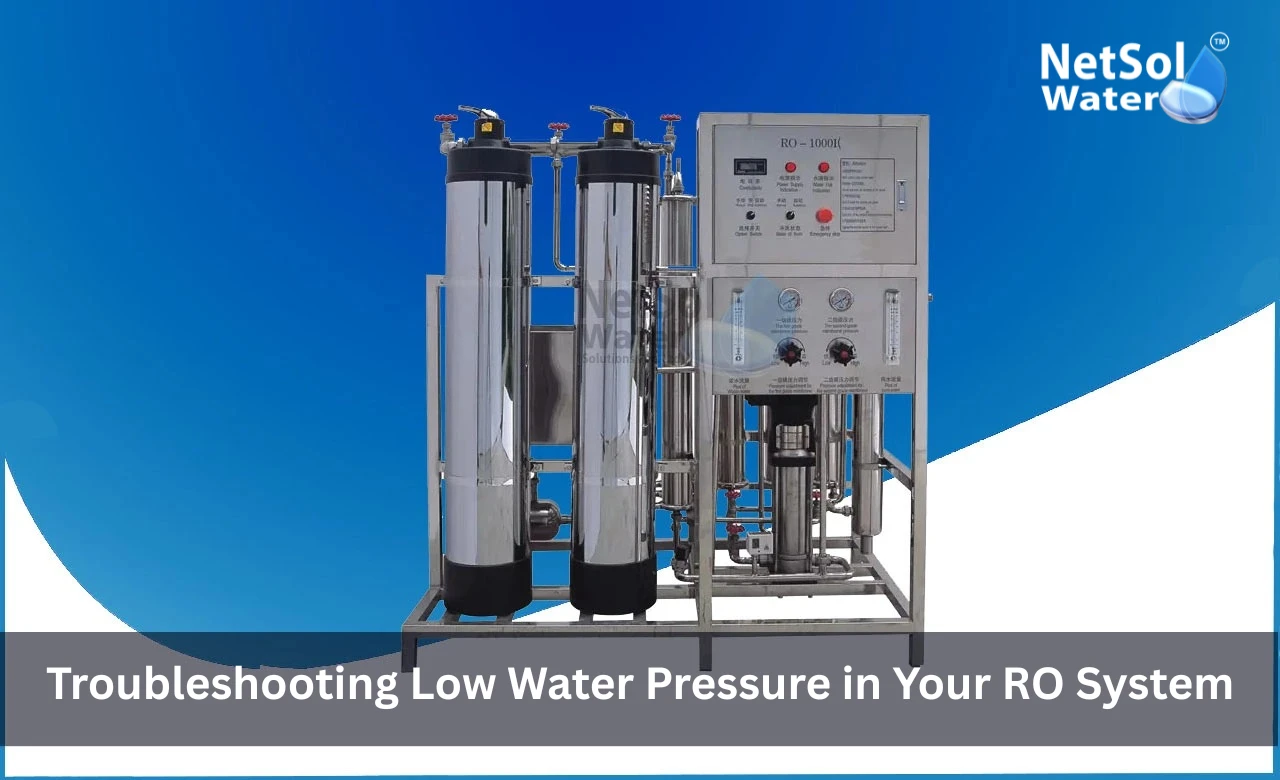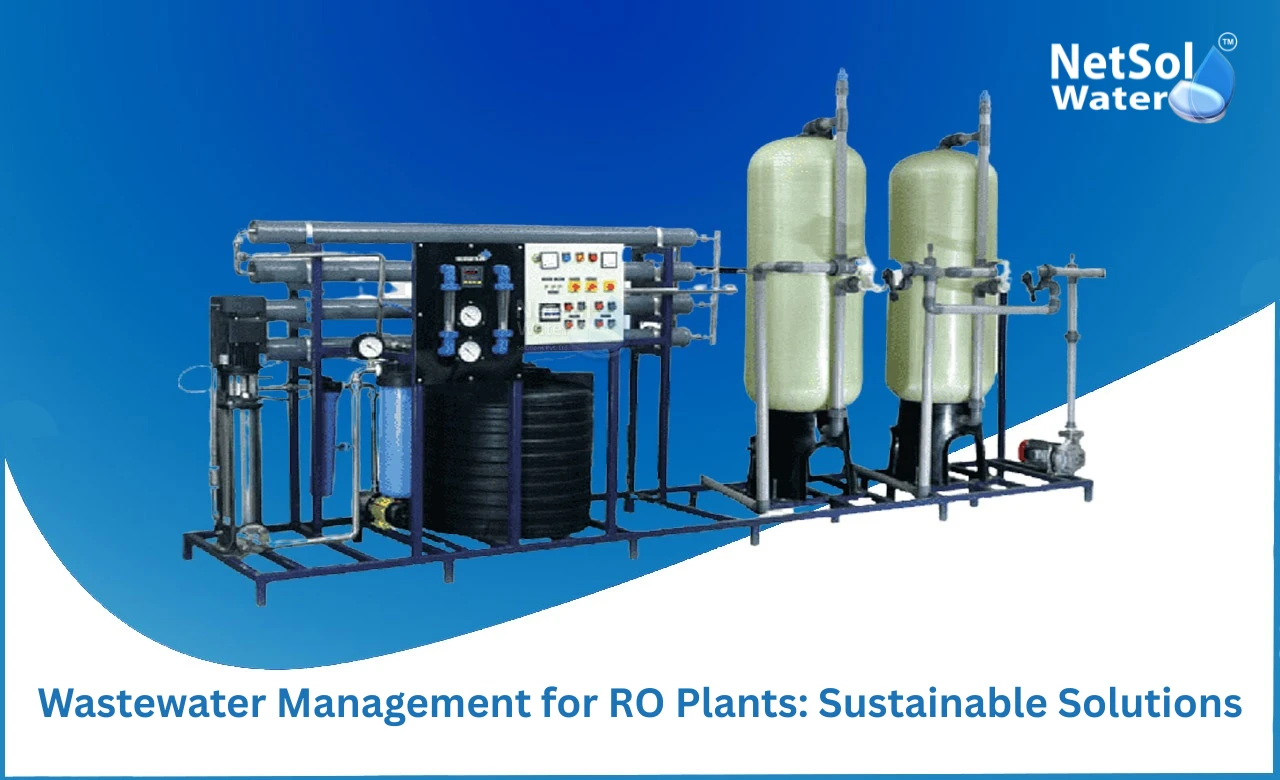Which Water Purification Technology Is Right For Me?
Choosing the right water purification system matters for health and daily life. Cities and towns face different water issues. Residents and businesses must pick a plant that matches their water source and their use. Netsol Water is the leading RO Plant Manufacturer and we help many customers find the right plant. We will explain common technologies and how to choose one that meets your needs.
Water purification technologies
Water quality can change by source and by season. Let us have a look on some common water purification technologies and how they work.
Reverse Osmosis
Reverse Osmosis or RO removes dissolved salts and many chemicals by pushing water through a fine membrane. RO works well for hard water and for water that has high total dissolved solids. Homes and small factories often use RO to produce safe drinking water and process water. An RO plant will also lower unwanted minerals that affect taste and household equipment. Netsol Water is the leading RO Plant Manufacturer and we design plants for homes and for industry. RO needs a pre filter to protect the membrane and a post filter to polish the taste. RO plants will use more water than some other options because they flush the membrane to keep it clean. A qualified installer will size the RO to match daily water use. This step keeps running cost in a predictable range. A good service plan will include membrane checks and filter changes so the plant runs long and stays efficient.
Ultraviolet UV and Ultrafiltration UF
Ultraviolet UV and Ultrafiltration UF remove biological hazards and particles. UV kills bacteria and viruses by using light that disrupts their ability to survive. UV does not remove dissolved salts or chemicals. UF uses a tight physical barrier to stop small particles and microbes from passing through. UF will not remove very small dissolved contaminants or salts. These technologies suit water that is mostly clean but may contain germs or cloudiness. A combined approach often offers the best balance. For example a system that uses UF first and then UV will block particles and then kill any microbes that pass through. These systems use less water than RO and they need less frequent membrane care. They work well for municipal water that already has low dissolved solids. An RO Plant Manufacturer can advise when to use UV or UF alone or with RO.
How to choose based on water source and needs
Choosing the right plant means matching water tests with use. Let us have a look how to choose based on water source and needs.
Borewell and groundwater
Borewell and groundwater often carry high mineral content and sometimes iron or salt. These supplies may also show turbidity during rains. For such water an RO plant will remove dissolved salts and reduce hardness. A pre treatment step with sediment filters will protect the RO membrane from particles. If iron is present an iron removal filter helps before the RO stage. For homes that need drinking water and for small plants that need process water an RO based layout works well. Netsol Water is the leading RO Plant Manufacturer and we supply tailored RO designs that fit borewell quality. Regular checks of membrane performance and timely filter changes will keep the system efficient and keep running cost steady.
Municipal and mixed sources
Municipal water often arrives treated but it can carry chlorine taste and occasional microbes due to old pipes. For such water a carbon filter will improve taste and remove chlorine. UF and UV will offer extra protection against microbes. If the municipal supply has rising dissolved solids then adding an RO module will make sense. Businesses that need consistent quality for equipment will often combine carbon UF and RO in a layered design. This keeps each stage doing the work it handles best. A good Reverse Osmosis Plant Manufacturer can test samples and propose a layered design that balances cost and water efficiency. Service access matters for systems that run daily at scale so choose a supplier who offers timely support.
Read some interesting information for Commercial RO Plant Manufacturer in Gurgaon
Conclusion
Making a clear choice starts with testing your water and listing your needs. Netsol Water is the leading RO Plant Manufacturer and we stand ready to help you pick a plant that fits your water and your budget. Reach out for a consultation or for a sample water test. Our team will explain options and will give a simple plan you can act on. Contact us to request a site visit or to get a custom quote.
Contact Netsol Water at:
Phone: +91-9650608473
Email: enquiry@netsolwater.com

